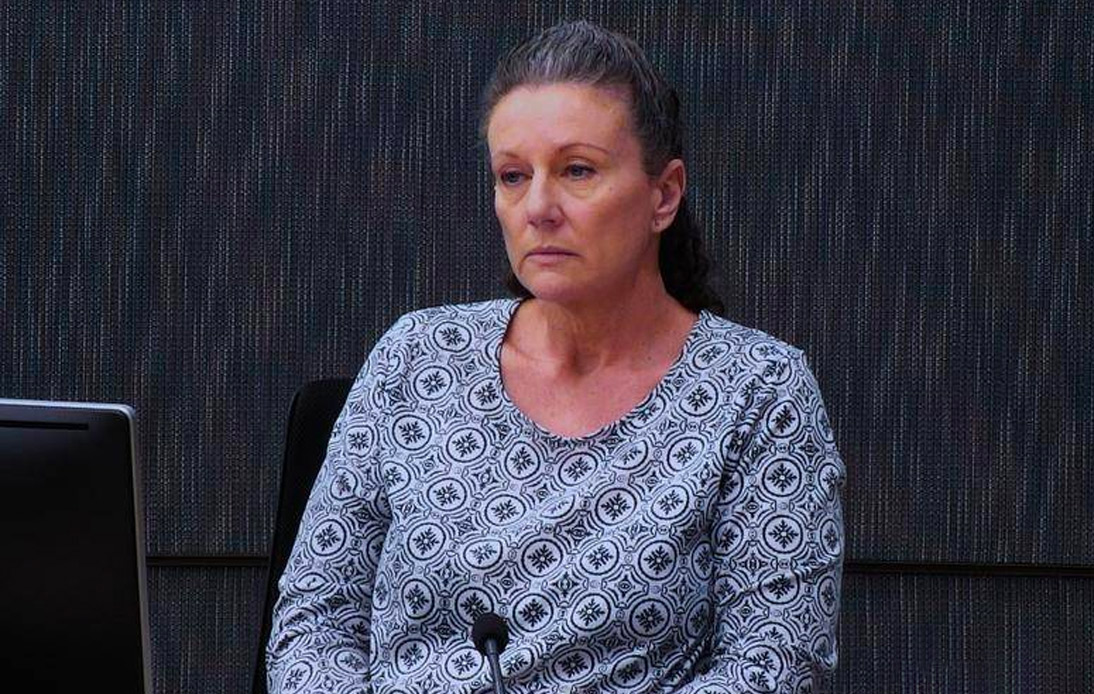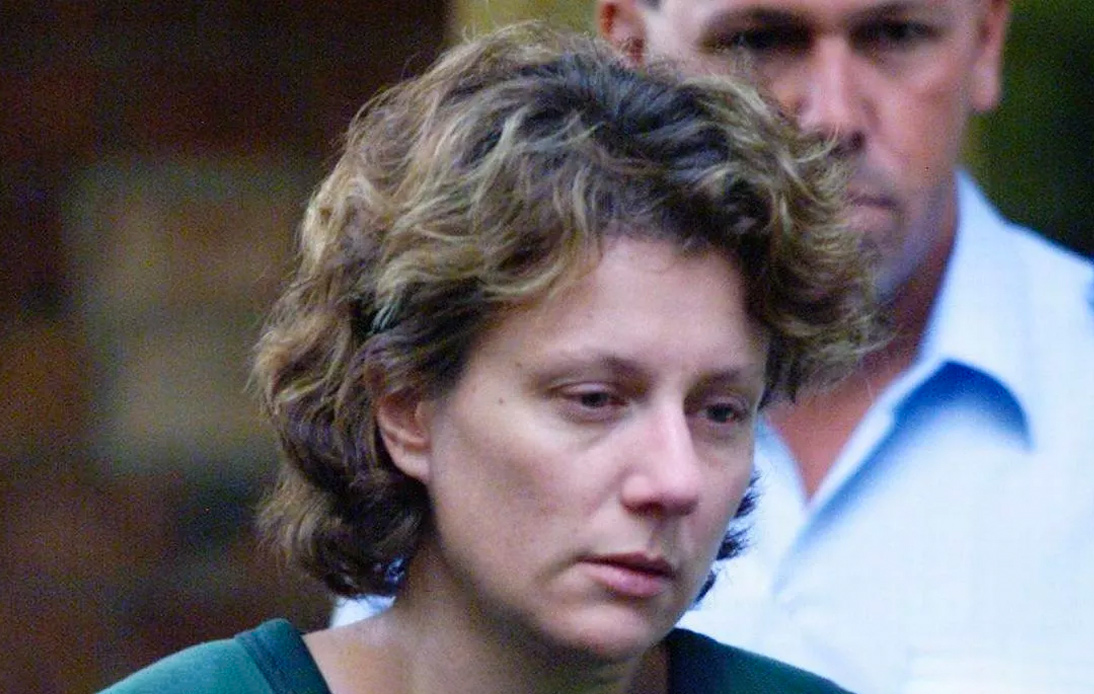
An Australian woman, Kathleen Folbigg, who was once vilified as “Australia’s worst female serial killer”, has recently been pardoned and released from prison after spending two decades behind bars.
This turn of events was due to the discovery of new DNA evidence suggesting her four infant children, all of whom died within a decade, likely succumbed to naturally occurring genetic mutations.
Notably, at her initial conviction, there was no physical evidence to link her to the deaths.
Hailing from New South Wales (NSW), the 55-year-old Folbigg was accused in 2003 of murdering her two daughters, Sarah and Laura, and son Patrick, and also of committing manslaughter against her other son, Caleb.
The allegations spanned a decade from 1989 to 1999, and without solid proof, they garnered significant media attention and a public portrayal of Folbigg as a serial killer.
This infamous case was thrown back into the spotlight on June 5, 2023, when NSW Governor, Margaret Beazley, pardoned Folbigg following the disclosure of compelling evidence at a recent inquiry.
This inquiry, initiated in 2022, highlighted that both of Folbigg’s daughters harboured a rare and previously unidentified mutation of the CALM2 gene, crucial for calcium transportation in tissues and capable of causing sudden cardiac arrest.
Simultaneously, Folbigg’s sons had a mutation of the BSN gene, necessary for building functional brain cells and associated with a lethal form of early-onset epilepsy.
The Folbigg children, whose ages ranged from 19 days to 18 months, all died in their sleep. The initial death, that of Caleb, was initially classified as a case of sudden infant death syndrome (SIDS).
His brother Patrick’s death remained unexplained, despite the knowledge of his seizure episodes months before his death.
The subsequent unexplained deaths of Sarah and Laura spurred speculations that Folbigg might have smothered her children, accusations that led to her estrangement from her husband, Craig Gibson, who believed she had killed their children.
Folbigg’s subsequent arrest, trial, and conviction in 2001 was a spectacle closely monitored by the nation.
With a lack of physical evidence, her conviction was largely built on circumstantial evidence, which included a diary entry provided by Gibson where Folbigg wrote about guilt haunting her. Prosecutors used this as an inference of her guilt.
Throughout these turbulent years, Folbigg maintained her innocence and sought several unsuccessful appeals.
New revelations came to light after researchers decided to sequence the genomes of Folbigg and her children using preserved DNA samples in 2018.
Their findings, published in 2021 in the journal EP Europace, revealed the presence of a CALM2 variant, CALM2-G114R, in Sarah and Laura, inherited from Folbigg.
The CALM2 gene is pivotal for cells to produce calmodulin, a protein essential for regulating the flow of calcium ions, crucial for maintaining a regular heartbeat.
Those with mutated CALM2 genes can develop calmodulinopathy, a syndrome leading to an irregular heartbeat or arrhythmia, potentially lethal in young children.
The discovery of these genetic abnormalities has brought forth a different perspective on Folbigg’s case.
Jozef Gecz, a human geneticist, stated, “Once you tamper with it [calmodulin protein], you introduce a problem and potential explanation why the heart may fail.” Interestingly, while Folbigg also carries the mutated gene, she has not developed calmodulinopathy.
Researchers hypothesize that the syndrome might be induced by complementary gene variants, possibly a specific version of the REM2 gene, another gene that aids in the regulation of calcium levels in cells.
All of Folbigg’s children carry a REM2 variant, while Folbigg does not. Their father is suspected to carry the same REM2 variant, but he refused to give a DNA sample.
Notably, both Caleb and Patrick had a mutated version of the BSN gene, which codes for a type of protein found primarily in brain cells. Past studies have suggested that this gene can cause a lethal type of epilepsy in infancy.
Patrick had been hospitalized for four months due to a seizure, which suggests that he could have had this rare form of epilepsy.
Caleb reportedly never had any seizures, but his possession of the mutated BSN gene, and the circumstances of his siblings’ deaths, established reasonable doubt that he was killed by his mother.
The findings were persuasive enough that over 90 scientists signed an open letter agreeing that all four children could have died from natural causes and urged Beazley to pardon Folbigg, leading to her release.
This case, described by the BBC as “one of Australia’s greatest miscarriages of justice,” is a haunting reminder of the potential for misjudgment and the evolving role of genetic technology in the justice system.





















